Buy Stropharia magic mushrooms online | Stropharia magic mushrooms shop California.
Buy Stropharia magic mushrooms online. The Stropharia strain was initially misidentified. Stropharia is also the name for a mushroom in the genus Stropharia from the Agaricales order.
In this article, we’re specifically referring to the “Stropharia” strain of Psilocybe cubensis.
Very little is known and documented about this strain, and it’s not particularly popular among the mushroom community. However, it has all the qualities of a well-rounded beginner strain. Buy Stropharia magic mushrooms online.
The Stropharia strain produces large mushrooms, is contamination-resistant, and can produce good yields over several flushes in an unoptimized growing environment.
The mushrooms this strain produces are dark in color, with atypical caps and hollow stems. They are relatively large compared to other P. cubensis strains but shrink significantly due to the lack of internal structure within the stems.
Potency-wise, Stropharia is pretty average compared to other cubes. However, the large fruiting bodies and the ability to produce multiple dense flushes more than compensate for this.
In this article, we’ll be looking at the potency of the Stopharia strain as well as where to find spores and how to cultivate them.
Stropharia Strain Specs
| Potency | Average 🍄 |
| Cultivation | Easy |
| Species | Psilocybe cubensis |
| Substrate Recommendation | Rye Grain, BRF, Coco Coir & Vermiculite |
| Sold By | driedmagicmushroomspores.com |
Potency & Psilocybin Content
Because Stropharia is not a particularly popular strain, there’s not much quantifiable information regarding its potency. No exact chemical testing for psilocybin, psilocin, or other tryptamines has been made public for this strain.
Based on our testing, we consider the Stropharia strain to be in the “average” category regarding potency — this gives it an estimated total tryptamine content of 0.5%–0.9%.
This strain has the potential to produce vivid open and closed-eye visuals at doses above 2.5 grams. Intense feelings of excitement and euphoria are also noted.
Where to Buy Stropharia Spores | Buy Stropharia magic mushrooms online.
If you are in United State, Canada, Australia and Europe then To buy Stropharia Magic mushroom online, visit our shop.
We sell magic mushrooms as well as medicinal and gourmet mushroom spores.
This company ships worldwide and offer an enticing insurance policy for orders that are blocked at the border.
If your order is stopped for any reason, We will ship another identical order free of charge.
How to Grow Stropharia Mushrooms
Stropharia is easy to grow because it has outstanding contamination resistance and can withstand an unoptimized growing environment. There’s no need for an expensive cultivation setup, extensive knowledge, or laboratory-like conditions for this magic mushroom. It can be easily cultivated with a simple method and a basic kit.
The easiest and most effective way to cultivate Stropharia shrooms is by using a cultivation technique called PF-Tek.
PF-Tek is a growing method that uses substrate-filled jars, a simple incubator, and a makeshift fruiting chamber. All of the equipment needed for this cultivation method can be purchased from hardware stores, pet shops, and garden centers.
First, a series of jars are filled with a substrate of choice and sterilized in a pressure cooker. Stropharia will grow well on most substrates, but the most user-friendly for beginners are rye grain, BRF (brown rice flour) cakes, or coco coir and vermiculite.
The substrate-filled jars are then inoculated with a spore-filled syringe, sealed, and left in a warm, dark place or inside a homemade incubator if the temperature in your house is below 68 degrees Fahrenheit (20 degrees Celsius).
After two to three weeks, the substrate inside the jars should be completely white with mycelium. At this stage, the mycelium cakes can be carefully removed and placed inside a fruiting chamber (a simple box with holes drilled into it). The chamber is regulated using a heat mat, and a simple mist spray controls the humidity.
After a couple of days, the first mushrooms will begin to appear. As the mushrooms mature, they can be harvested carefully from the mycelium before sporulating. Mushrooms will continue to grow and should be harvested as they mature until the colony eventually succumbs to mold growth.
If you want to learn how to grow magic mushrooms using the PF-Tek method, read through our step-by-step guide on mushroom cultivation for the full rundown.
Similar Magic Mushroom Strains
Stropharia is an odd strain, and little is known about its history and origins. If you like a bit of mystery and fancy cultivating a shroom that’s a little different from the norm, here are five other rare and mysterious strains:
1. Malaysian (MAL)
The Malaysian strain is a unique strain that is notoriously unstable. It will keep the cultivator on their toes and intrigued with its growth characteristics. You can expect several mutations and different shapes and sizes of shrooms over different flushes.
It was initially collected by the infamous “Mushroom” John Allen during his travels through Southeast Asia in search of new strains of Psilocybe cubensis. Like the other Southeast Asian strain Allen collected, this one has excellent contamination resistance and is relatively easy to grow.
It has above-average potency and can produce a decent amount of shrooms. However, it’s definitely not one for the commercial grower or someone who’s looking for consistent results.
2. Plantasia Mystery (PM)
Plantasia Mystery is another intriguing strain that has some particularly unusual growth characteristics. This is an exciting shroom for the beginner to the intermediate grower who wants to cultivate something entirely different from the other strains.
This strain produces fatasses — short mushrooms with broad, thick stems that are often just as wide as the caps. Naturally, Plantasia Mystery mushrooms are short and thick-stemmed. However, it will produce more conventional-looking shrooms, even in the same flush.
Mature PM mushrooms’ colonies can look like they’re from two different genetic samples. The shrooms have a golden cap with a creamy-white stem and a distinct white trim around the mushroom’s cap.
3. Syzygy (SYZ)
Syzygy was originally discovered by Dennis and Terence McKenna. Terrance, who helped bring psychedelics to the attention of the masses during the 1980s, sold this strain in his store.
Terrance owned a store that sold spores, psychedelic paraphernalia, and books on the topic. The name of this store was Syzygy, and one of the strains sold there was this one.
When this strain’s spores were sold in Terence’s store, they had no name. Later, the strain was named after the very store it was sold in — Syzygy.
The origins of this intriguing strain have been lost to time. However, it’s one of the last true remaining strains of the McKenna stock.
4. T3 Strain (T3)
The T3 strain is named after the three distinct growth characteristics it produces. The mushrooms of this strain appear to change shape, size, and color after every flush — making it an unusual and interesting strain for someone looking for something a little different to cultivate.
These mushrooms share many traits with the Koh Samui strain. However, the three growth patterns it produces make it distinguishable from this other Thai strain. Some believe it’s an offshoot or long-lost relative of the Koh Samui shroom.
This definitely isn’t one for the commercial cultivator or the grower that wants to produce constant yields of good-size mushrooms at home. However, for the person who enjoys the cultivation process and the quirks of a less stable strain, T3 is a perfect choice.
5. Xapuri (XAP)
The Xapuri strain was first discovered growing alongside the BR317 (a road in Brazil) while someone was driving down the road.
This classic South American strain is famous for producing substantial fruiting bodies. It has above-average potency and is relatively easy to grow thanks to its good contamination resistance. However, it’s not recommended for beginner growers because the sheer size of the mushrooms can cause problems.
The mushrooms often become so large that they can topple over and tip the mycelium cakes. If left unresolved, this can cause them to lay on the substrate below, driving mold growth through moisture buildup.
Strains vs. Species: What’s the Difference?
There are hundreds of different psychedelic mushroom species, but the most popular and common across the globe is the Psilocybe cubensis species. Psilocybe species produce the psychoactive compound psilocybin, which produces the psychedelic experience or “trip.”
Within the Psilocybe cubensis species, there are hundreds of different strains. Stropharia is one of those strains. Although Stropharia looks vastly different from other strains, such as Penis Envy, the Koh Samui strain, and Golden Teacher, they all belong to the same species.
Strains are genetic variants of a single species. A species is a biological group of organisms within a kingdom. The fungi kingdom contains millions of species, and each can have one or more different genetic variants — or “strains,” as we call them.
Strains occur naturally in the kingdoms of Earth. However, we have also created several strains through human intervention. We can create new strains with desirable traits by selecting different genetic variants within a single species and cross-cultivating or breeding them.
Take the strain of P. cubensis Penis Envy for example. Penis Envy was created through cross-cultivation to produce a mushroom of staggering potency. Because it struggles to release its spores naturally, you can tell that this strain is man-made.
| Quantity | Ounce, 1/4 Pound, 1/2 Pound, Pound |
|---|
Be the first to review “Buy Stropharia magic mushrooms online.” Cancel reply
Related products
Mushroom
Mushroom
Mushroom
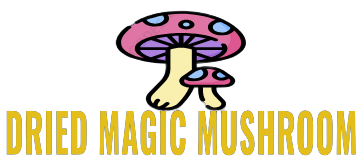
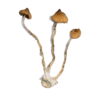


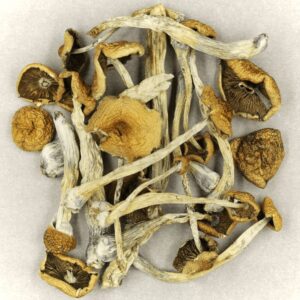
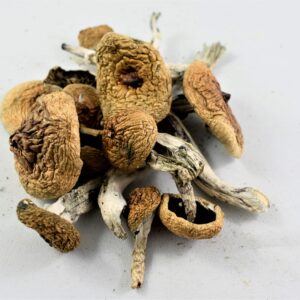
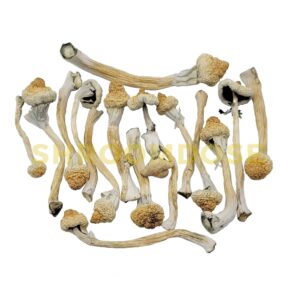
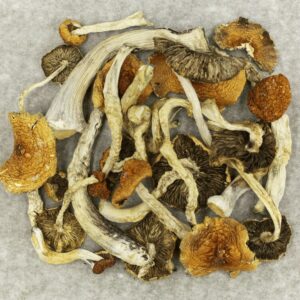
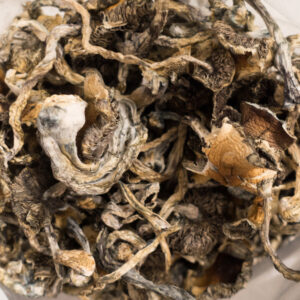
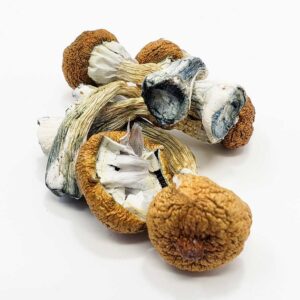
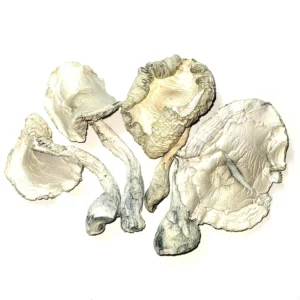

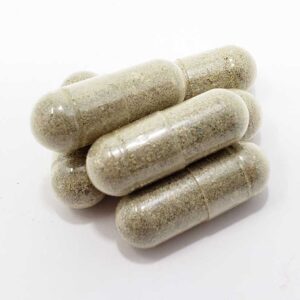
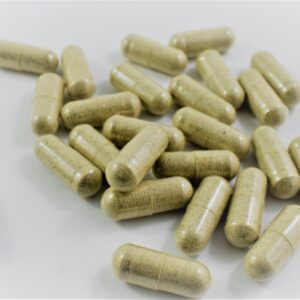
Reviews
There are no reviews yet.